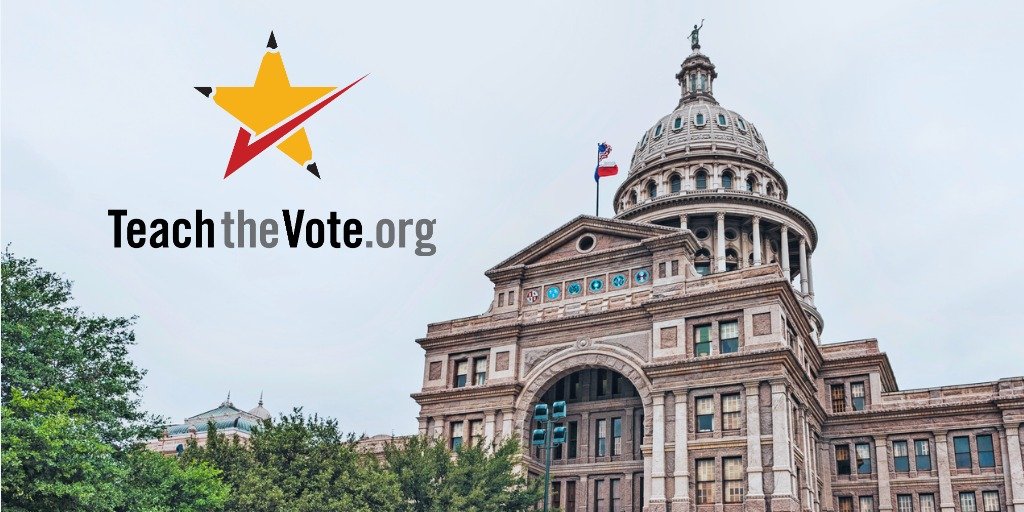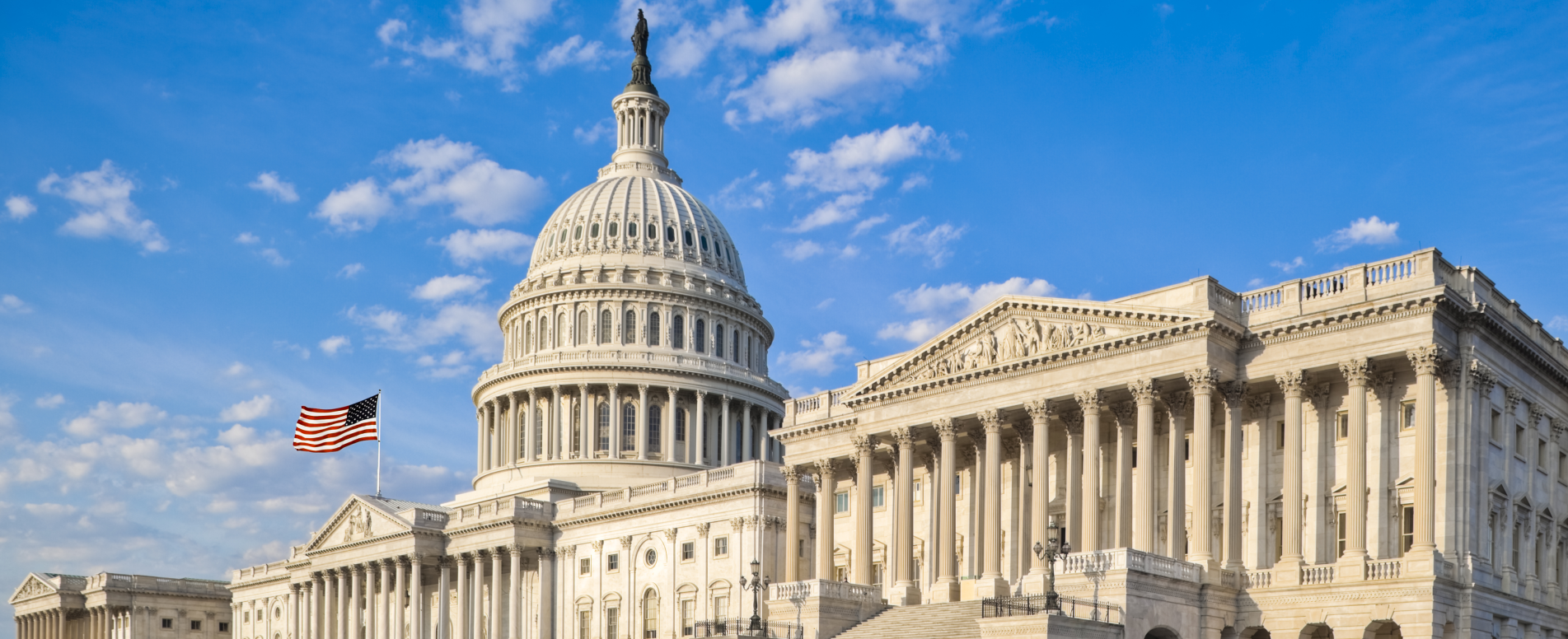Senate passes CSHB 2 on second reading after significant closed-door negotiations

Date Posted: 5/23/2025 | Author: ATPE Staff
Update: After this post was published Friday afternoon, the Senate passed CSHB 2 on third reading.
Late Thursday, the Senate passed its Committee Substitute for House Bill (CSHB) 2 by Rep. Brad Buckley (R–Salado) on second reading. The bill came to the floor after two days of closed-door negotiations between House and Senate leadership that resulted in a joint press release issued by Lt. Gov. Dan Patrick (R) and Speaker Dustin Burrows (R–Lubbock).
The bill as passed by the Senate most resembles the various pieces of Senate education legislation authored by Sen. Brandon Creighton (R–Conroe)—most notably, Senate Bill (SB) 26.
The latest version of the bill has not yet been publicly released, so the following information is based on a statement from the bill authors and information obtained by the ATPE Lobby Team from sources close to the negotiations. The ATPE Lobby Team will review and report on the bill in detail based on the direct language in the bill as it is finalized and made public.
Before it becomes law, CSHB 2 must be passed by the Senate on third reading. Then, the House must either vote to concur with the Senate’s changes to the bill or go to conference committee. The closed-door negotiations and joint statement suggest the House will concur. Once the House concurs, the bill will be sent to Gov. Greg Abbott (R) for his signature. (The governor may choose to sign bills, allow them to become law without his signature, or veto them. Given the nature of this bill, which provides significant pay raises to some teachers, it is highly likely Abbott, Patrick, and Burrows will hold a public signing.)
Among its many provisions, the new version of HB 2 includes:
-
A new Teacher Retention Allotment that provides significant pay raises for teachers with at least three years of experience in the classroom. The amount of the raise depends on years of experience and the size of your school district. In ATPE’s legislative priorities, we called for funding to “provide meaningful increases” in all aspects of compensation, including salaries, healthcare, and retirement benefits. In combination with SB 1, the state budget bill, CSHB 2 delivers on that for classroom teachers.
|
Enrollment of 5,000 or less |
Enrollment of 5,001 or more |
||
|
3–4 years of experience |
$4,000 |
3–4 years of experience |
$2,500 |
|
5+ years of experience |
$8,000 |
5+ years |
$5,000 |
- A separate Support Staff Retention Allotment—added to the bill on the Senate floor in response to the concerns of teachers and other educators—will send districts additional funding to provide raises for non-classroom teachers/non-“c-suite” employees. The provision provides an additional $500 million or $45 per student as compared with $4.2 billion for teachers. Unlike the Teacher Retention Allotment, districts will have discretion on how to divvy up these funds to different employees. However, there is enough funding to provide for an average raise of around $1,800. It’s important to note that while Creighton used the term “c-suite” employee, the bill language excludes the following from receiving a raise with this funding: principals, assistant principals, or employees in centralized supervisory roles, in addition to superintendents, educational leaders, CEOs, assistant superintendents or persons in equivalent roles. ATPE appreciates that the latest version of the bill includes this funding as SB 26 and previous versions of the committee substitute did not include raises for anyone other than teachers.
- A provision to eliminate districts’ ability to secure waivers for hiring uncertified teachers by 2030. ATPE’s legislative priorities stated: “Ensuring students have access to educators who are well prepared and well supported is key to student success. As such, ATPE recommends limiting exemptions from teacher certification laws.”
- Access to free prekindergarten for all teachers.
- A new Allotment for Basic Costs. This new funding stream, referred to by some as the “ABC,” aims to help schools cover fixed costs, such as transportation, utilities, and property and casualty insurance premiums. The allotment could also offset district costs for hiring retired teachers, providing employee health insurance and other benefits, and covering payroll taxes. The funds used for this new allotment are equivalent to an approximately $100 increase to the Basic Allotment (BA), which districts have typically used to cover these costs.
Those are the provisions that will likely be the most popular among educators. Some of the bill’s other provisions are concerning or may prove to have unintended consequences:
- The bill’s approximate increase to the Basic Allotment (BA) is $55, which is considerably less than the increase in the House’s proposal. Senators suggest they are making up for this minor increase through the creation of other allotments. However, school districts may find the Senate’s preferred method of funding more prescriptive in that BA funding is discretionary. During Senate debate, Creighton explained that the prescriptive nature of CSHB 2 is intentional. It is a shift away from the local control approach to funding public schools in which local school boards have been allowed to determine how to best spend dollars to the benefit of their local communities.
- CSHB 2 eliminates the Fine Arts Allotment altogether.
- National Board Certification may no longer be a pathway to receiving the Teacher Incentive Allotment (TIA) after next year. Per conversations with legislative staff, the State Board for Educator Certification (SBEC) is tasked with reviewing this aspect of the TIA program and determining whether to retain the designation.
- The pre-K mandate may be difficult for some districts. Districts that do not already have the infrastructure to provide pre-K at existing campuses will find it harder to build new district pre-K facilities and more likely instead to be forced to partner with private providers to offer space for pre-K students.
- The bill provides raises to individual teachers, but it largely does not address the broader issues of existing school district budget deficits. Given the high likelihood of decreasing public school enrollment due to current demographic trends combined with the launch of the SB 2 voucher program, many districts currently experiencing deficits will likely continue to be in deficits but receiving less funding for fewer students—yet still be mandated to provide these teacher pay raises. There are likely to be instances across the state where teacher pay raises and reductions in force (RIFs) occur simultaneously. Changes at the federal level could exacerbate this issue.
Again, the summary above is based only on descriptions of CSHB 2 by its Senate sponsor and other legislators involved in the negotiations. ATPE will provide a more detailed analysis of the bill once the final text is shared with the public. This school finance bill still has some legislative miles to travel, though politically it is almost guaranteed to make it across the finish line. Stay tuned for more reporting from Teach the Vote in the days and weeks to come.
CONVERSATION
RECOMMENDED FOR YOU

11/24/2025
November 2025 SBOE Recap: Implications for 2026-27 and beyond
The packed agenda covered instructional materials, TEKS updates, graduation rules, parental rights training, and the new HB 1605 literary works list.

11/21/2025
Teach the Vote’s Week in Review: Nov. 21, 2025
Federal education oversight remains in turmoil as the Trump Administration pushes forward with plans to dismantle the Department of Education. Plus: Check out more of the latest education news on atpenews.org.

11/21/2025
After the shutdown ends, federal education oversight remains in turmoil
Although the government has reopened, the federal infrastructure that supports public education remains fragile, and the Trump Administration is pushing forward with plans to dismantle the Department of Education.


Will pull-out teachers be eligible for the raise.
Why is it that those public school teachers in larger districts really are not getting a raise at all? They are simply getting the interest from the allotment that was not given to any of tbe public school teachers for the past two years . This is a real charade.